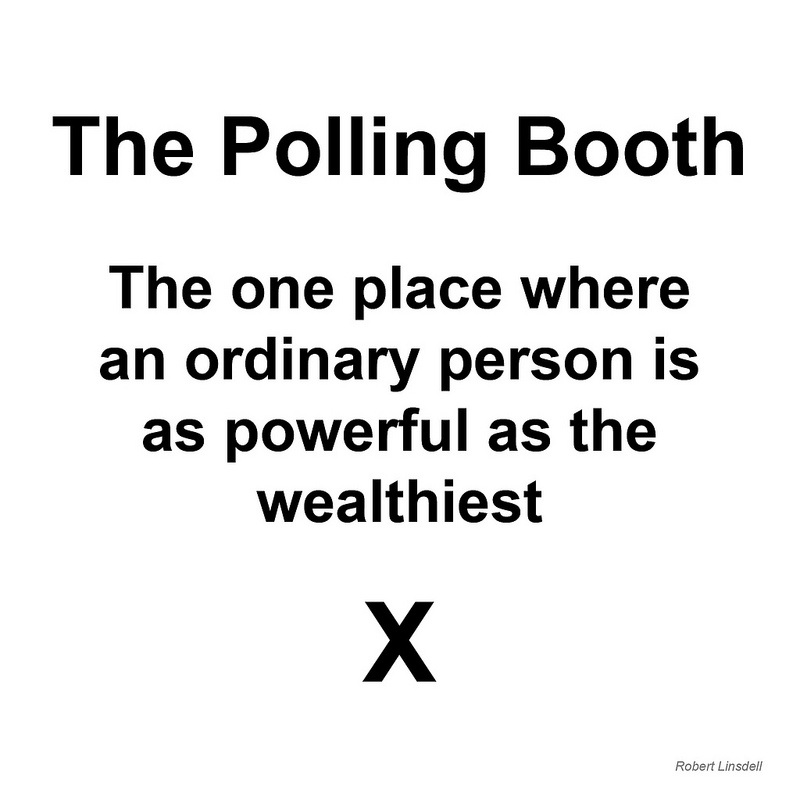| Well, this is a switch. For at least a half century, if people in America spoke of election results at all, it tended to be about how they were coming in too quickly. Remember all that talk about folks on the West coast deciding to turn the car around and head home rather than vote after the radio told them which presidential candidate was projected to win?Remember all the anger over exit pollsters hovering around polling locations, anxious to ask people for whom they voted? It turns out there was one thing all those angry people never took into consideration, and that was |
| | the high cost of having to be patient in a world that has grown accustomed to instant gratification. And so here we sit, more than one week after municipal elections, still wondering who the new mayor of Salt Lake City will be and whether Proposition 1 really failed in Salt Lake County. Be careful for what you wish. Elections are heading in a decidedly low-tech direction as this century progresses, but that shouldn’t mean election returns have to be low-tech, as well. If we can build a car that parks itself, we ought to be able to tell you who won before two more football weekends have passed. This year was the election in which many parts of Utah went all in for voting by mail, a movement that has blossomed since lawmakers made it possible a few years ago. In many jurisdictions, voters had no choice. All of those arguments over whether ne’er-do-wells could hack fancy electronic voting machines were erased as if by the soft end of a No. 2 pencil (and, by the way, buying stock in No. 2 pencils suddenly sounds like a great investment). But this meant that a lot of ballots postmarked on the day before Election Day didn’t make it in time for the tallies we all heard on election night. It meant there were no polls for people to exit, hence there were no exit polls. And because of a state law written long before mail-in ballots became the rage, no more results, even unofficial ones, can be forthcoming until Nov. 17, the date of the official canvass. As Mark Thomas, the state’s director of elections, said when I reached him Tuesday, “The public feels that, hey, we just had an election. Don’t we have a right to know who won?” The answer, according to the lieutenant governor’s office, is yes, and there has to be a better way. That’s also the opinion of Rep. Steve Eliason, R-Sandy. He is sponsoring a bill that would allow election clerks to release daily updates of results after Election Day. Eliason said regular updates are necessary “in an age where people check their cell phones 80 times a day on average.” He points to three legislative races last year in which results changed between election night and the official canvass two weeks later. In one case, he said, the winner was notified via text message from a friend. That’s a bit, shall we say, awkward, especially for the world’s most prominent democracy. But before we scamper down this new access road to the Information Highway, there are a few warning lights to consider. Voting records are public. If, for example, only one or two ballots come in one day, political parties and other observers easily could tell how a person voted. Ballots are supposed to be secret. Both Thomas and Eliason say they support limiting updates, perhaps to every 20 or so new votes, at least. Also, there is the notion that, after the thrills and emotions of election night, democracy benefits from everyone calming down and allowing election workers to carefully, methodically and thoroughly review the ballots. It can be tedious work. Which is all well and good, except, of course, that Salt Lake’s new mayor, whoever he or she may be, ought to be organizing a government right now. If there is a time to work out the bugs, it is now, after a municipal election. Next year, when we’re all waiting to see where Utah’s six electoral votes go, people might not be as patient. |


 RSS Feed
RSS Feed

